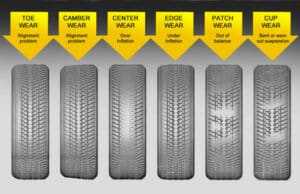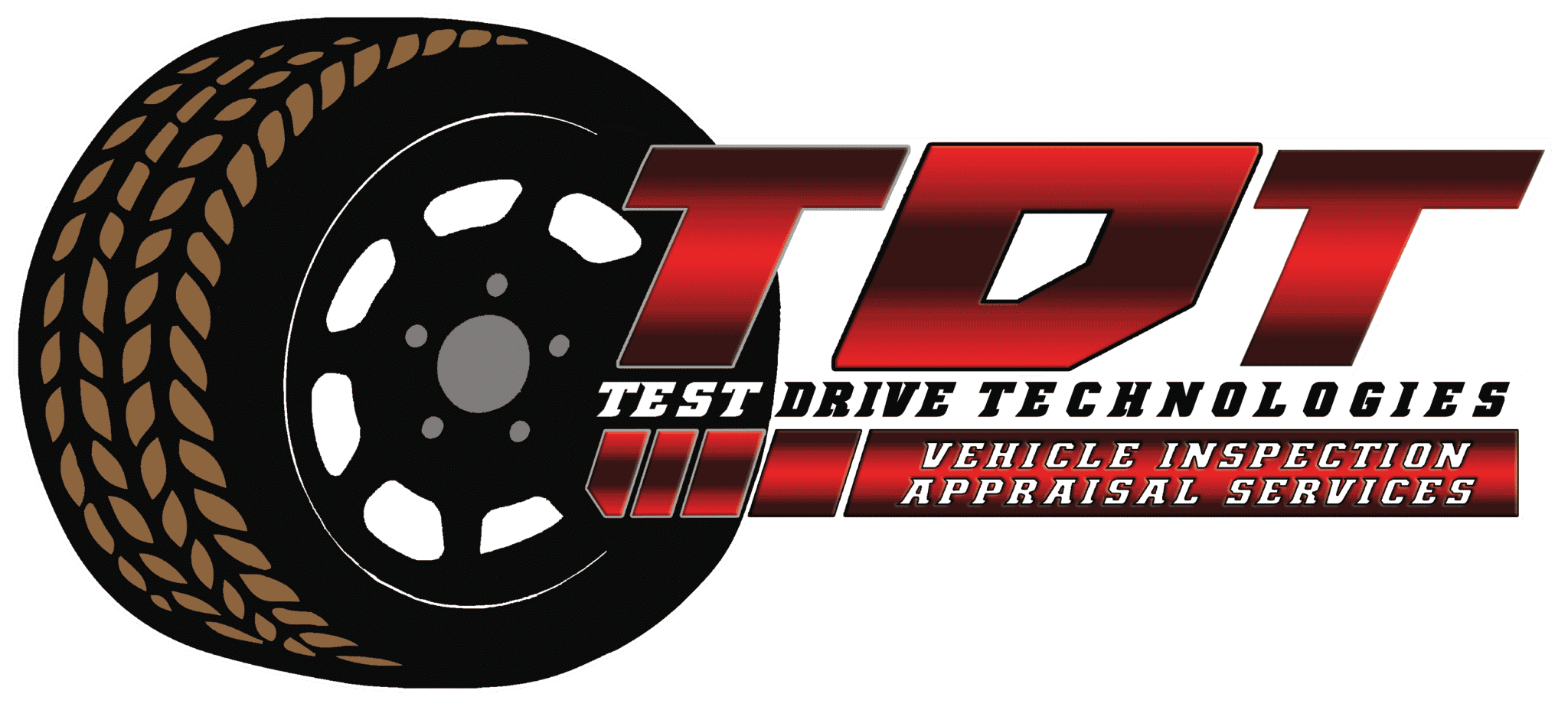
When I come up to a vehicle and see that it has a fresh set of tires installed one of the first questions I ask the seller is if they have the repair documents for the tires. I really don’t care about the price or where they were purchased… I want to see what else was done when those tires were installed. Here is what I am looking for…
• Were there any repairs performed such as suspension or steering parts?
• Was there an alignment performed?
• Did any routine maintenance get done at the same time?
Now there isn’t anything wrong with putting a new set of tires on a vehicle to help sell it. What I am getting at is make sure the repair documentation is available to review for the buyer and the inspector if requested.
When I inspect a vehicle that has older tires on it I don’t ask any questions. The tires answer all my questions, or most of them. I am looking for uneven tire wear, signs of under / over inflation, boils and cuts and sometimes even checking the current air pressure. I’m certain most of you have seen the tire charts at the tire shop or car dealer… It is important for you to look at these charts. Maybe even take a snap shot so you can compare them to the vehicle you are about to purchase. By examining the tire wear pattern on a worn tire you can learn things about the vehicle such as worn suspension parts, out of alignment, bad bearings, bent axle or even broken springs. Tires can’t necessarily diagnosis the issue but they can lead you down the path of what and where to look next.
What I would rather see on a vehicle when we inspect it is a set of tires with about 50% of life remaining. Of course I would like to see a nice even wear pattern, maybe a little bit of cupping on the edges and some minor feathering is pretty common. This gives the inspector a rough idea of how the vehicle has been maintained and driven. A vehicle that has been well cared for will likely have had proper tire rotations, air pressure checks and adjustments and wheel alignments regularly, even tire wear on all tires will be a reflection of proper maintenance.
Sometimes vehicles have different size tires on the front axle versus the rear axle if they are performance tires. This complicates rotating tires and often shows in the shoulder of the tires. However, most of the time a performance or luxury car owner has kept up on maintenance but I have seen a lot that run the tires down to nothing because of the cost of a performance tire replacement.
I hope this article has helped explain what tires tell a vehicle inspector about how a vehicle has been maintained and you are better armed to browse at a vehicle and we have the opportunity to inspect a vehicle for you soon. In the meantime, this is Test Drive Tech signing off until the next time we “kick some tires together”.





